Tapton House
The former home of a railway legend and the site of a gigantic labyrinth.
Tapton house is a place of pilgrimage for railway enthusiasts. It is the former home of railway pioneer George Stephenson, the engineer who built the first-ever steam-hauled passenger railway and designed the famous locomotive, Locomotion.
Stephenson lived at Tapton from 1832 until his death in 1848, during which time the engineer engaged his passion for gardening: He was said to have grown pineapples as big as pumpkins and spent much time trying to grow perfectly straight cucumbers.
It’s often said Stephenson retired at Tapton because he liked the town so much, but it is more likely that he stuck around because he discovered coal when driving the Clay Cross tunnel for the North Midland Railway. Armed with this information he bought up parcels of land in the area and established a coal mining and iron manufacturing company, which he apparently took a great interest in until his death.
The railway pioneer is probably Chesterfield’s favorite adopted son, and numerous buildings and streets around town bear his name. He is buried at Holy Trinity Church where his equally famous son, Robert Stephenson, installed a memorial stained glass window.
When the elder Stephenson died he left the house to the town of Chesterfield and it has subsequently been used as a school. After being taken over by Chesterfield College, the school grounds were designated a public park. During the construction of a new building on the grounds, the waste spoil from excavations was used to construct a very large turf maze within the park, called the “Earth and Wild Flower Labyrinth. Built in 1996, it is said to be the largest classical labyrinth in the world.
Know Before You Go
Free parking near the entrance to the park and up by the Innovation Centre.
The Atlas Obscura Podcast is Back!



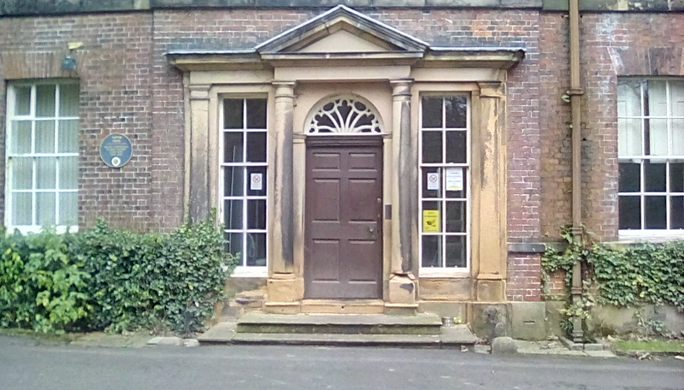

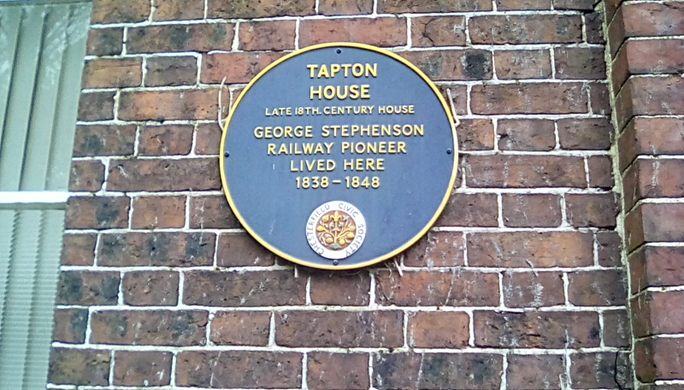
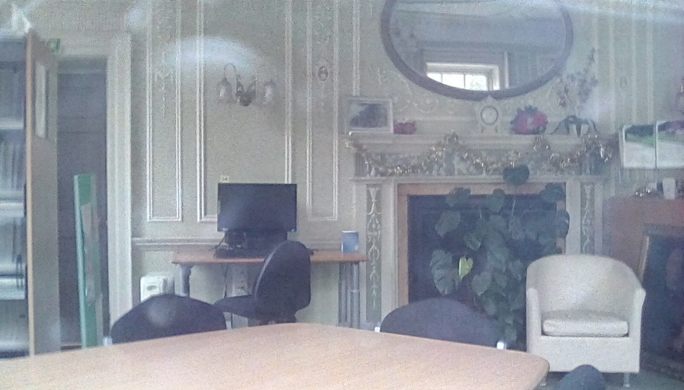
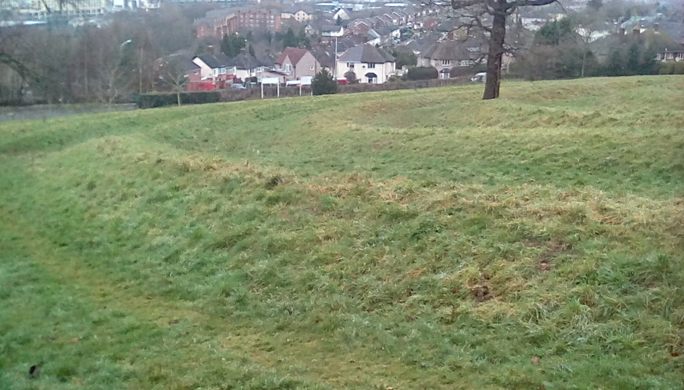
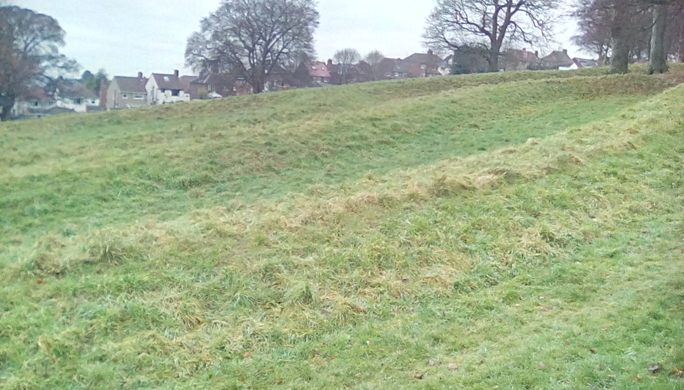
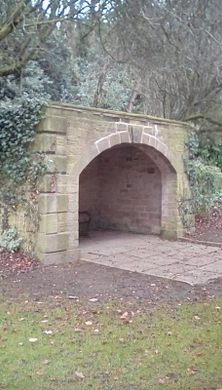
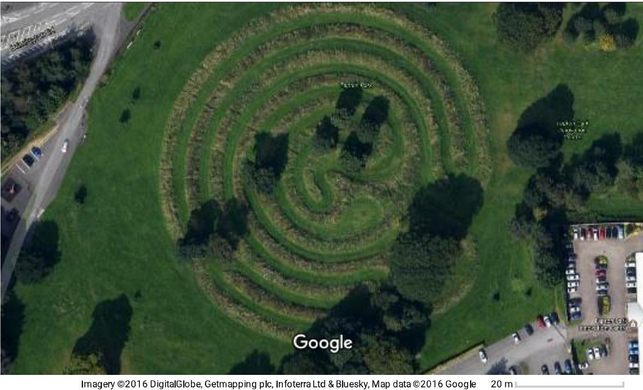
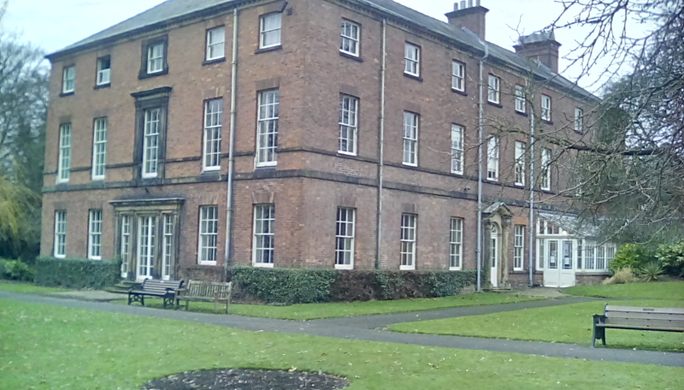
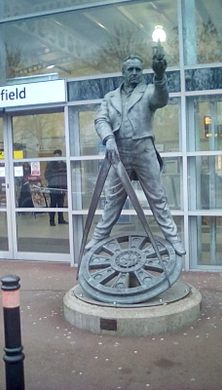
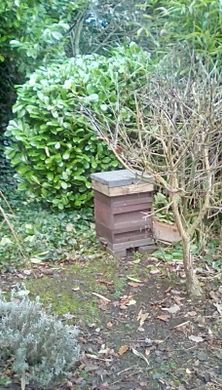
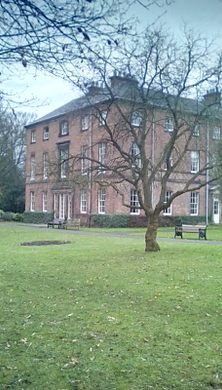





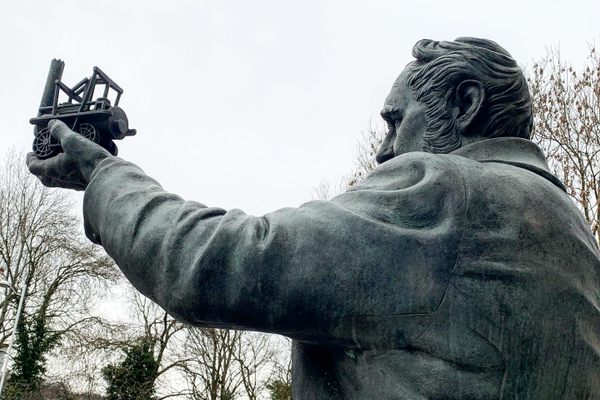
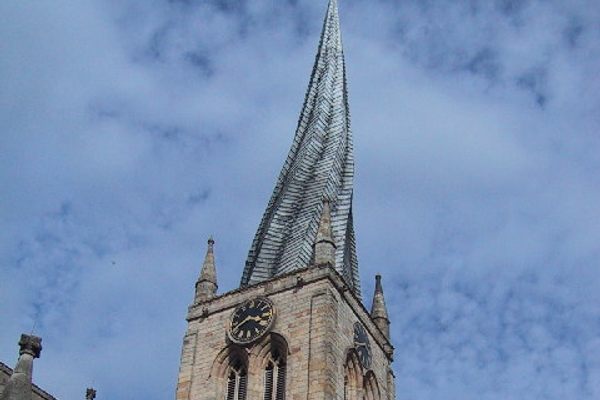


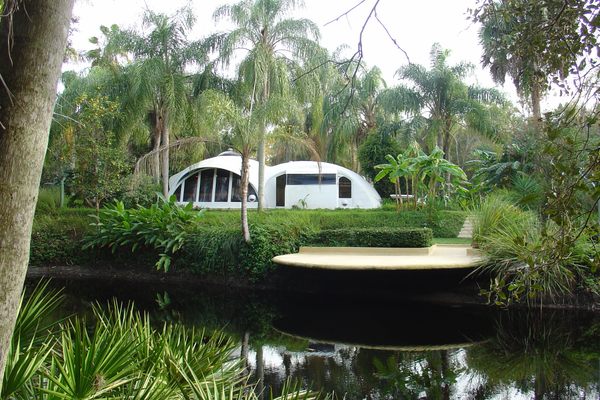

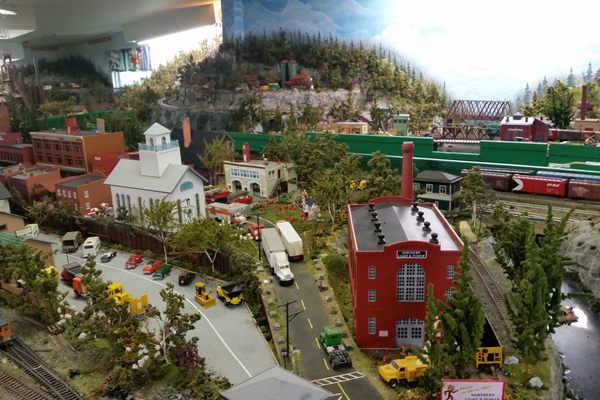

Follow us on Twitter to get the latest on the world's hidden wonders.
Like us on Facebook to get the latest on the world's hidden wonders.
Follow us on Twitter Like us on Facebook